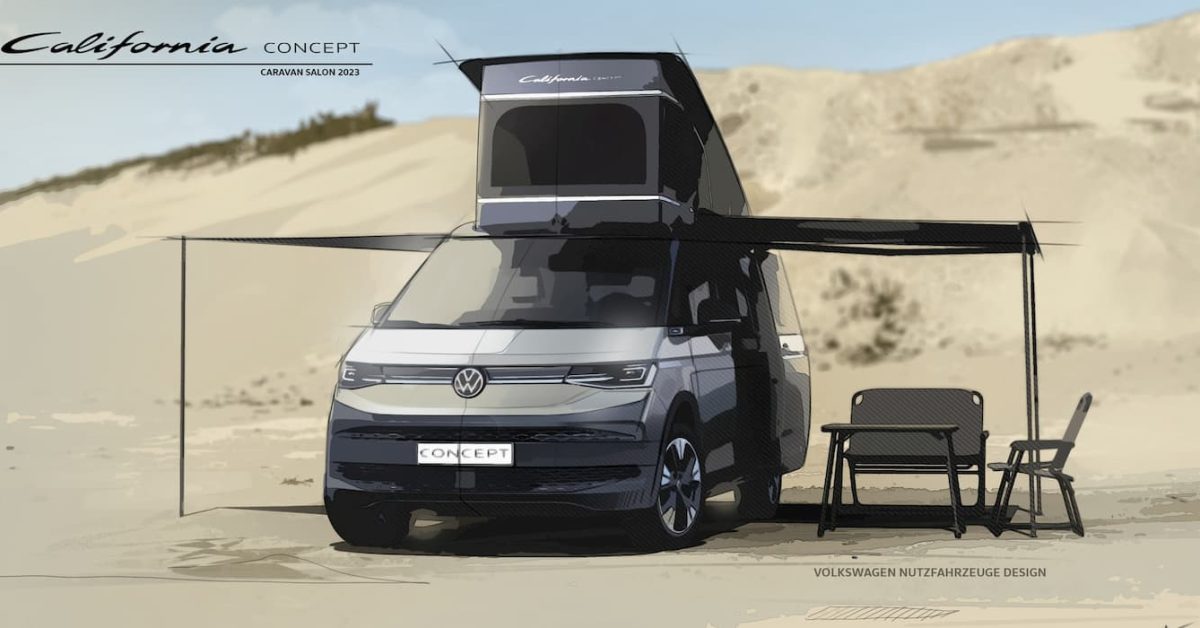Pollewop
According to several posts the ID. BUZZ will not be available (soon) as a California, because the total weight would make it illegal to drive it with a B category driving licence. So, it seems that it's then end for this project for now...

 electrek.co
electrek.co

Volkswagen delays ID.Buzz California electric camper due to added weight
If you were waiting for the full-fledged electric camper version of the Volkswagen ID.Buzz, you will have to wait a...
 electrek.co
electrek.co











